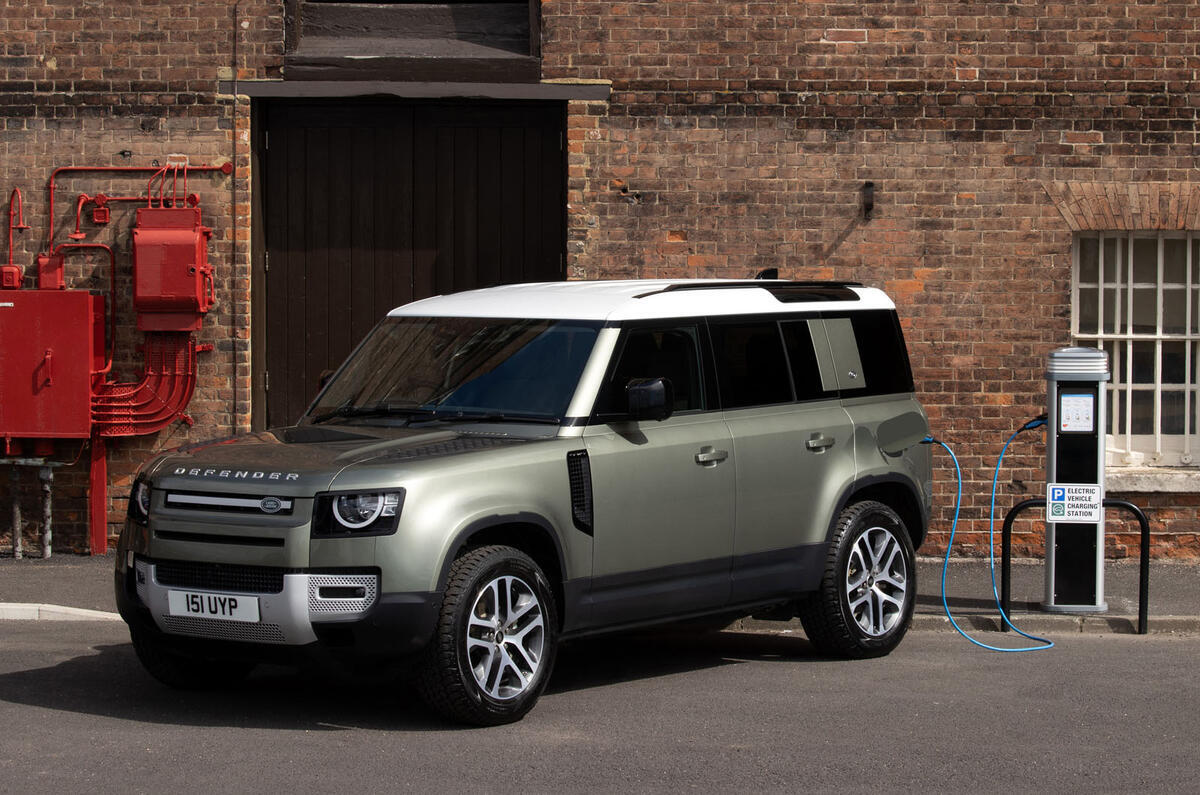An electric version of the Land Rover Defender is unlikely to appear until the end of the decade, when the model emerges in next-generation form using a new platform.
JLR’s chief commercial officer, Lennard Hoornik, confirmed to Autocar that the British manufacturer’s investigations into the potential for electrification of the current premium SUV have revealed packaging difficulties that may prove to be insurmountable.
“Electrifying the current ‘L663’ car, on its D7x platform, is not what we want,” said Hoornik. “The L663 is brilliant at what it does and we do have a [four-cylinder] plug-in hybrid version already, but it’s not easy to find the extra space you need within that chassis for batteries, given the axle packaging and capability that it needs.”
Even switching the Defender to JLR’s bigger-battery, six-cylinder plug-in hybrid powertrain (popular with customers of the MLA Flex-based Range Rover and Range Rover Sport) is precluded by the D7x platform, company insiders have confirmed.
“We have said that we will make an electric production model for each of our new brands [Range Rover, Defender, Discovery and Jaguar] and remain committed to that,” continued Hoornik. “But finding the space on the current Defender platform is really, really hard, so we will need to use something different.”
Hoornik wouldn’t confirm whether this meant waiting for a second-generation Defender atop a new platform or instead introducing a second Defender-brand model on a dedicated EV platform before then, but his comments suggest the former scenario is more likely.
“The EV will need to come at quite a significant step in the evolution of the Defender,” he said.
Hoornik also expanded on JLR’s motivation behind its 2026 entry into the World Rally-Raid Championship (which includes the famous Dakar Rally) with a team of two Defender Octas.
“We will learn a lot from simply taking part,” he said, “but it also gives the Defender Octa a sense of purpose and will improve the product, creating an ecosystem of technology.”










Join the debate
Add your comment
Maybe a electric Defender 70 based on the next gen Disco Sport / Evoque platform?